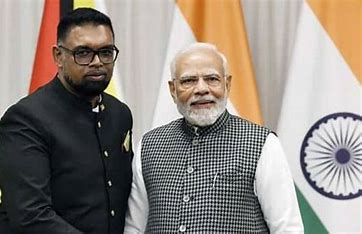
Distinguishing between luxury and necessity in the modern world can be subjective and context-dependent. However, there are some general factors that not only help differentiate between the two, but also make us sensitive to various realities around us.
Necessities are typically associated with the needs that are required for survival, well-being, and functionality, such as food, shelter, clothing, healthcare, education, and transportation. On the other hand, luxury items are all about additional comfort, pleasure, or status, something which is beyond the basic needs.
Moreover, the perception of what constitutes a necessity or luxury can vary across different cultures and societies. Some items or services that are considered luxuries in one culture may be seen as necessities in another. Societal norms, values, and economic conditions influence the classification of goods and services into these categories. It is important to note that the line between luxury and necessity can be blurry. There are several examples of items or services that were once considered luxuries but have now become necessities in many parts of the world due to changes in technology, societal norms, and economic progress. Cars were initially considered luxury items when they were first introduced. However, with advancements in manufacturing processes and increased affordability, owning a car has become a necessity for many people in today’s society. Once upon a time electricity was a luxury that only a privileged few had access to, but gradually it became an essential utility for powering homes, appliances, and electronic devices, making it a necessity in modern living. Originally, having a telephone was a luxury reserved for the wealthy. Today, mobile phones have become an integral part of daily life, serving not just as a means of communication but also for various essential functions like accessing information, banking, and navigation. And not to deny, the internet access and air travel has transformed the way we live, work, and communicate.
Whatever may have changed, the truth remains, both in the past and the present, luxury products serve as a means for individuals to display their social status and success. And luxury cannot be separated from indulgence, pleasure, and gratification. In fact, if we see the other side of the coin today, there are some newer perspectives. The traditional association of luxury with status and wealth is being challenged, and at times we witness a phenomenon referred to as ‘luxury shaming’. Consumers are increasingly concerned with aligning their purchases with their values and want to showcase their knowledge and sophistication rather than solely displaying material possessions. This shift reflects a broader cultural change where consumers prioritize sustainable, ethical, and meaningful consumption.
Luxury shaming is also proving to be disaster because it displays negative attitudes, social disapproval, or even public shaming directed towards those who openly display their wealth or indulge in luxury. At times, those who flaunt their luxury possessions, such as designer clothing, high-end vehicles, or expensive jewellery, may face criticism for what is perceived as wasteful or excessive spending. Others may question the value or necessity of such extravagant purchases, particularly if they believe the resources could be better utilized for more socially responsible causes. This is not all, what has got added is the perceptions of social media influencers, this ranges from promoting materialism to adopting unrealistic standards of living. And so is the case of celebrities, athletes, or business magnates. The display is like a double edged sword, on one hand it reflects income inequality and on the other hand extreme wealth has its own ethical implications. A lot is visible through the outrage of comments on various online platforms. And then we have films that leave a lasting impression on our minds.
An Indian blockbuster in 70s, ‘Deewaar’ is a crime drama that tells the story of two brothers. The film showcases the contrasting paths they choose in life due to their impoverished background. One turns to a life of crime to provide for his family, while the other becomes a police officer upholding justice. The film portrays the harsh realities of poverty and the allure of wealth and power, highlighting the moral dilemmas faced by the characters.
Influencers will come and go, and the films too. What we live by and feel inspired about, is indeed our decision in this demanding world of opportunities and challenges!
The author is Chief Executive Officer-SCHOOL.















